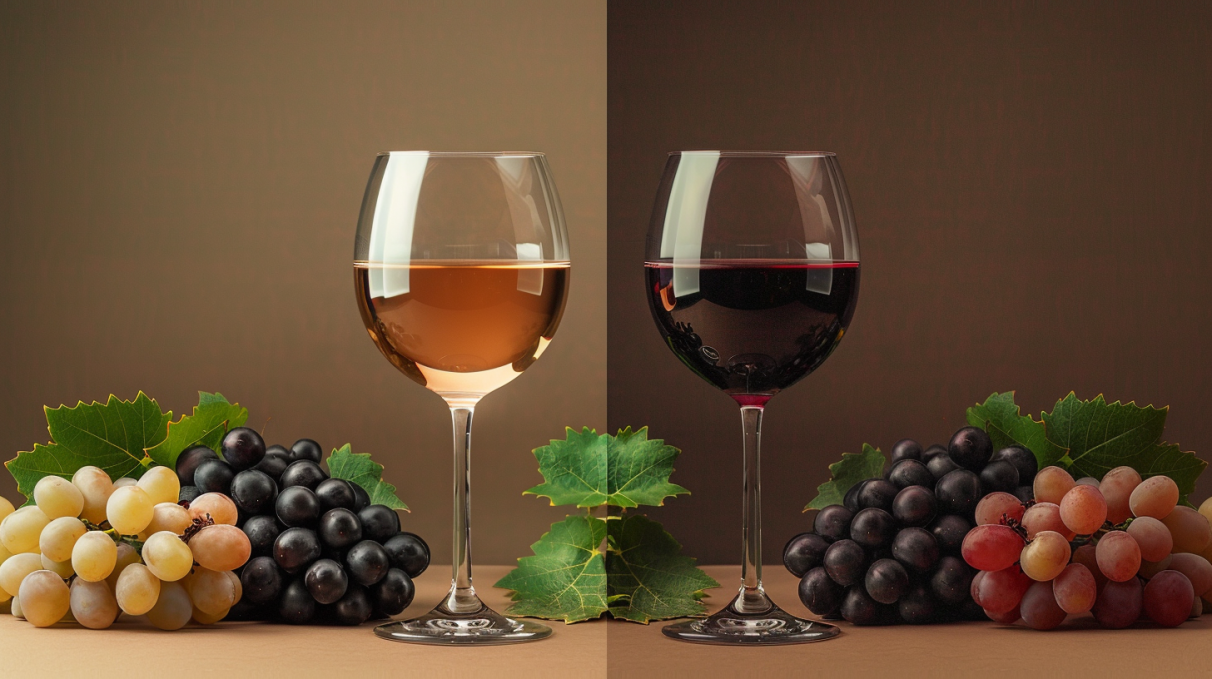Aging Chart for Red and White Wines: How to Perfect Your Wine Over Time

The Secret of Wine Aging
When it comes to appreciating a good wine, age can be a crucial factor in the tasting experience. The aging process of wine can transform its flavors and aromas, making the beverage smoother and more complex over time.
Red Wines
Red wines typically age better than white wines due to their higher tannin content. Fuller-bodied red wines, such as Cabernet Sauvignon and Syrah, tend to mature well in the bottle, developing richer and smoother flavors over time.
Cabernet Sauvignon
Cabernet Sauvignon wine is known for its prominent tannic structure. With proper aging, the initial fruity flavors give way to more complex notes of leather, tobacco, and spices.
Syrah
Syrah is a grape that produces powerful and aromatic red wines. Over the years, Syrah develops flavors of dark fruits and smoky notes, creating a unique sensory experience.
White Wines
Although not all white wines are ideal for aging, some varieties, such as Chardonnay and Riesling, can benefit from time in the bottle. Aging white wines generally results in a softer and more complex texture.
Chardonnay
Chardonnay is known for its versatility and ability to age gracefully. Over time, Chardonnay wines can acquire flavors of caramel, vanilla, and nuts, providing a refined tasting experience.
Riesling
Riesling is a grape that can surprise with aging. Older Riesling wines often exhibit unique aromatic complexity, with notes of honey, petrol, and ripe fruits, offering an unparalleled sensory experience.
In summary, the aging of red and white wines can add depth and complexity to their characteristics, providing a richer tasting experience. When choosing wines to age, consider the quality of the vintage, the style of the wine, and proper storage conditions. With time and proper care, your wine can transform into a true masterpiece of flavors and aromas.











Comments : 0